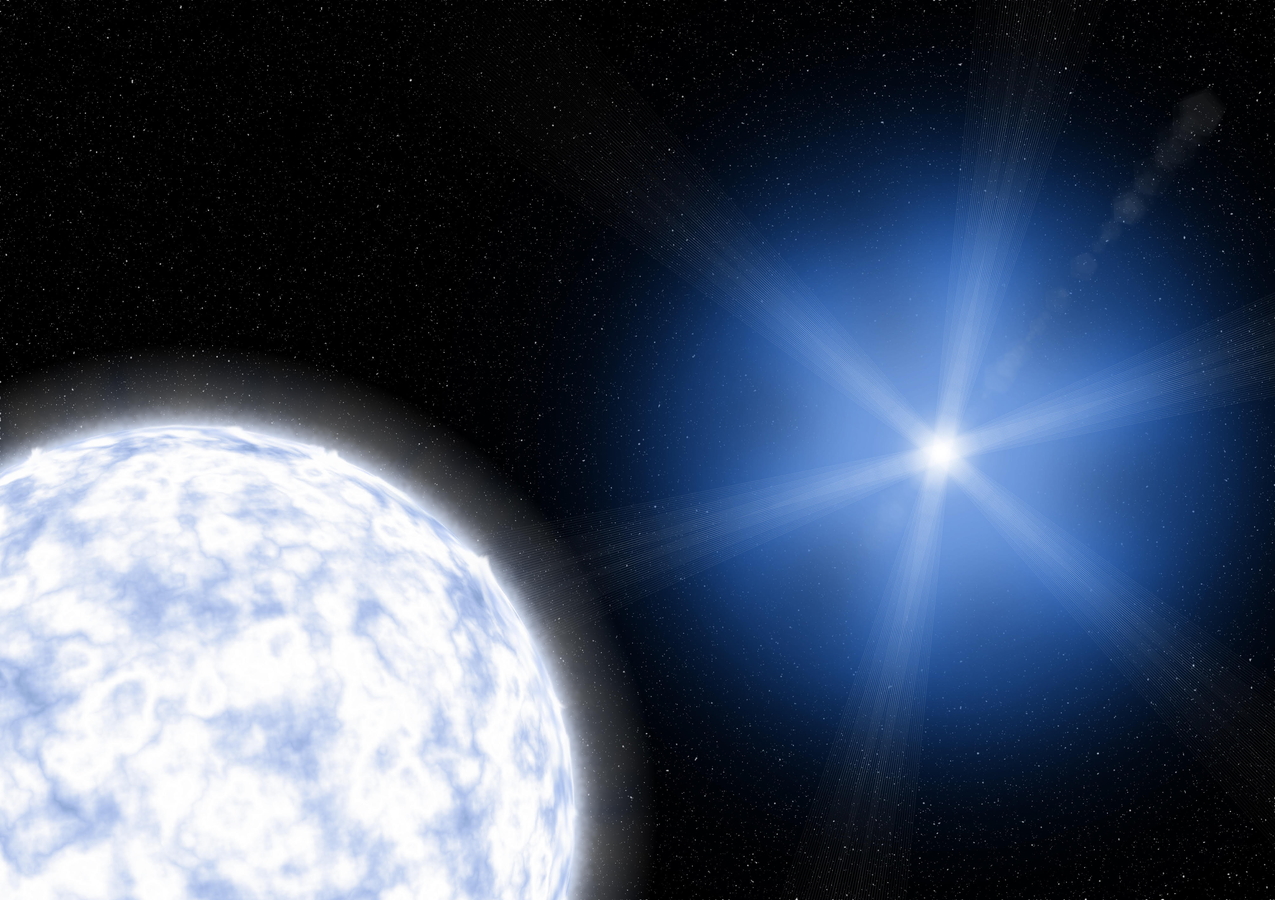Overview
Massive metal-poor stars are central to a broad range of astrophysics including cosmic reionization, chemical enrichment, and compact object formation. Here, I will present results of a joint HST UV/optical/IR photometric and Keck and MMT optical spectroscopic study of massive stars in the nearest low-metallicity star-forming galaxy Leo A (Z~5% Sun; D~1 Mpc). A significant fraction (nearly 50%) of our OB stars show measurable signs of stellar (not nebular) emission, which suggests a putative high degree of binary star interaction. I present 6 Be stars, representing the first sub-SMC Be stars to have both photometric and spectroscopic analysis. I postulate that Be stars may contaminate parts of the core helium burning branch in the optical CMD. Our spectroscopic sample comprises a significant fraction of all known massive stars with high-quality optical spectra at sub-SMC metallicities. Lastly, I will introduce my current study of multiplicity of massive stars in the sub-SMC metallicity regime.
